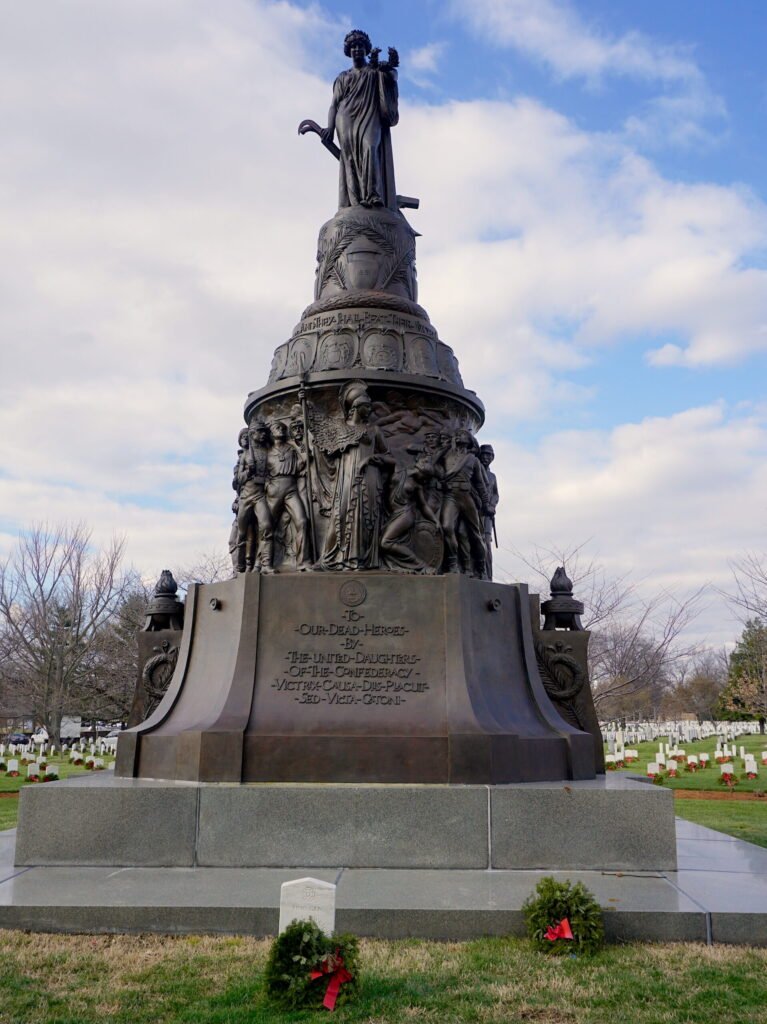The United States is home to some of the most iconic and important historical landmarks and monuments in the world. These sites are not only places of beauty but also serve as reminders of the country’s rich history and the events that have shaped it. From the founding of the nation to the fight for freedom, these monuments allow visitors to step back in time and understand the stories that have defined America. Whether you’re a history buff, a curious traveler, or someone just looking to explore, visiting these historical landmarks is an unforgettable way to learn about the past.
In this article, we’ll take you on a journey through some of the most significant historical landmarks and monuments across the USA. These sites offer powerful insights into the history, culture, and values that have helped shape the United States into what it is today.
The Birth of a Nation
The United States began as a group of colonies, and many of the country’s most significant historical landmarks are connected to the events that led to its independence.
Independence Hall (Philadelphia, Pennsylvania)
Independence Hall is one of the most important historical sites in the United States. It was here that the Declaration of Independence was adopted on July 4, 1776, and where the U.S. Constitution was signed in 1787. The building itself, a beautiful example of Georgian architecture, stands as a symbol of American liberty and democracy. Visiting Independence Hall allows you to stand in the very place where the foundations of the United States were laid.
The Statue of Liberty (New York City, New York)
A gift from France to the United States, the Statue of Liberty is a symbol of freedom, democracy, and the welcoming spirit of the American people. Located on Liberty Island in New York Harbor, the statue was dedicated in 1886 and has since become one of the most recognized landmarks in the world. The statue’s message of hope and opportunity is especially significant for immigrants who passed through Ellis Island on their journey to the U.S. A visit to the Statue of Liberty offers a chance to reflect on America’s ideals of freedom and inclusion.

Monuments to War and Sacrifice
Many historical landmarks in the U.S. are memorials to the brave men and women who served in wars, offering a space for remembrance and reflection.
The Lincoln Memorial (Washington, D.C.)
One of the most famous monuments in the U.S., the Lincoln Memorial is dedicated to President Abraham Lincoln, who led the country through the Civil War and worked to end slavery. The memorial, located on the National Mall in Washington, D.C., features a massive statue of Lincoln seated in contemplation, surrounded by inscriptions of his famous speeches. It is a place for visitors to reflect on Lincoln’s leadership during a pivotal time in American history and to remember his role in shaping the nation’s future.
The Vietnam Veterans Memorial (Washington, D.C.)
The Vietnam Veterans Memorial is a powerful tribute to the men and women who served in the Vietnam War. The memorial features a long, black granite wall engraved with the names of over 58,000 Americans who lost their lives during the war. The simple yet poignant design of the wall allows visitors to honor the sacrifices of those who fought and to reflect on the impact of the war on the country. The memorial is a place of healing for many and a reminder of the price of freedom.
The National World War II Memorial (Washington, D.C.)
Located on the National Mall, the National World War II Memorial honors the 16 million Americans who served in the war, as well as those who died in battle. The memorial features 56 pillars, each representing a U.S. state or territory, and a central fountain that symbolizes the unity of the nation during a time of great conflict. Visiting the World War II Memorial is a chance to reflect on the sacrifices made by the Greatest Generation and to appreciate the freedoms that were defended during this pivotal moment in history.
Symbols of Civil Rights and Freedom
The struggle for civil rights is an important part of American history, and many monuments and landmarks across the country reflect this ongoing journey toward equality and justice.
The Martin Luther King Jr. Memorial (Washington, D.C.)
Located on the Tidal Basin in Washington, D.C., the Martin Luther King Jr. Memorial honors the life and legacy of the civil rights leader who fought for racial equality and justice. The memorial features a statue of Dr. King, known for his leadership in the civil rights movement and his powerful speeches, including his famous “I Have a Dream” speech. The site serves as a reminder of the struggle for racial equality in America and the progress still needed to achieve Dr. King’s vision of a society where all people are judged by the content of their character.
The Selma to Montgomery National Historic Trail (Alabama)
The Selma to Montgomery National Historic Trail is a series of sites in Alabama that commemorate the 1965 voting rights marches led by Dr. Martin Luther King Jr. and other civil rights leaders. These marches were a pivotal moment in the fight for African American voting rights and were instrumental in the passage of the Voting Rights Act of 1965. A visit to this trail allows you to learn more about the struggles faced by civil rights activists and the courage it took to demand equal rights.
American Icons of Architecture and Innovation
The U.S. is also home to many landmarks that celebrate its achievements in architecture, science, and innovation.
The White House (Washington, D.C.)
The White House is the official residence and workplace of the President of the United States. This neoclassical building has been the home of every U.S. president since John Adams in 1800. It serves as a symbol of the American government and the democratic process. Visitors to the White House can tour the public rooms, see the gardens, and imagine the decisions that have shaped the course of history. While public tours require advance arrangements, the White House is a must-see landmark for anyone interested in U.S. politics and history.
Mount Rushmore National Memorial (South Dakota)
Mount Rushmore is one of the most iconic landmarks in the United States, featuring the faces of four U.S. presidents—George Washington, Thomas Jefferson, Theodore Roosevelt, and Abraham Lincoln—carved into the granite mountain. The memorial represents the first 150 years of American history and is a tribute to the nation’s leaders and the ideals they stood for. A visit to Mount Rushmore offers stunning views and a chance to reflect on the country’s growth and development.
Why Visiting U.S. Historical Landmarks Matters
Visiting historical landmarks in the United States provides an opportunity to connect with the nation’s past and understand the people, events, and struggles that have shaped its identity. These monuments not only offer a glimpse into American history but also invite visitors to reflect on the ideals of freedom, democracy, and equality that the country was built upon.
Each landmark serves as a powerful reminder of the events that defined the U.S., from the fight for independence to the ongoing struggle for civil rights. By visiting these sites, you gain a deeper appreciation for the sacrifices and triumphs that have contributed to the country’s development.
also read:Exploring the Street Art Scene in Various U.S. Cities
Final Thoughts
Whether you’re walking through the halls of Independence Hall, reflecting on the sacrifices of veterans at the Vietnam Memorial, or learning about the fight for civil rights at the Martin Luther King Jr. Memorial, U.S. historical landmarks offer a unique opportunity to explore the past and connect with the values that make America what it is today.
So, if you’re planning a trip across the United States, make sure to visit these iconic sites. They offer more than just scenic views—they allow you to step into history and discover the stories that continue to influence and shape the nation. History is alive in these monuments, waiting for you to experience it firsthand.






